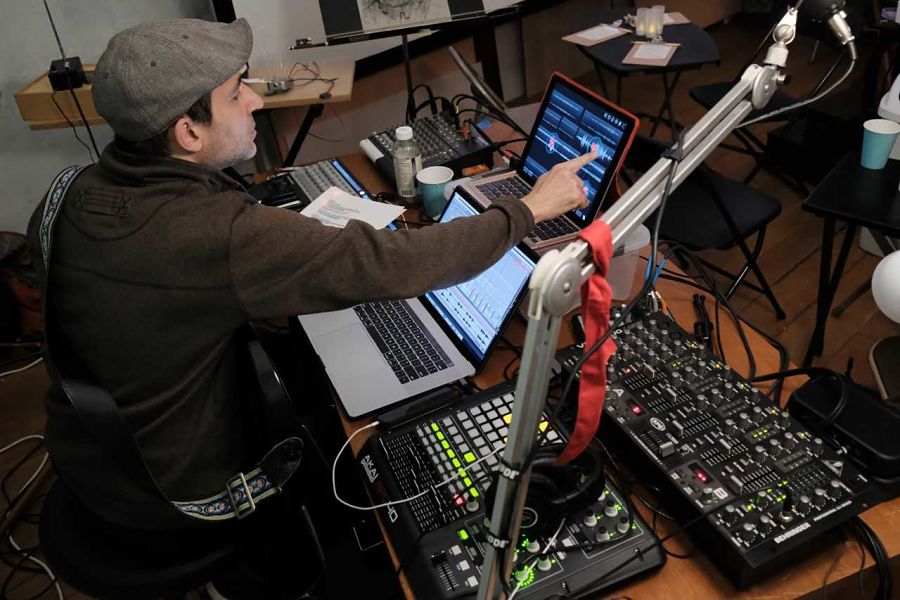Lend Me Your Ears
Stage sound comprises more than dialogue, effects, and music, and the folks who design it are doing more than mere augmentation.

This installment of our annual design issue turns up the volume on one of the most under-sung—and commonly misunderstood—branches of the design department. What exactly do sound designers do (and not do)? How do they learn to do it? And how are new innovations in technology changing the way they work? Read on to sound the depths of these and other topics.
Stage sound comprises more than dialogue, effects, and music, and the folks who design it are doing more than mere augmentation.
Sound design isn’t one-size-fits-all, and distinctions within the discipline are crucial.
Live sound mixing, audience wearing headphones—today’s sound designers aren’t just on the sidelines anymore, they’re centerstage.
Making a show sound great in a theatre space is as much an art as a science, and there’s no substitute for being there.
What is ‘white space,’ and what is the FCC doing about theatre’s ever-crowding sound systems? An explainer.
Whether you learn at school or on the job, success as a sound design doesn’t follow an easy track.
Composer Jeremy Douglass was inspired by video games to create underscoring that reacts in real time to the action onstage.
The new app is designed to make vocal parts easy to learn for the rehearsal room and the stage.